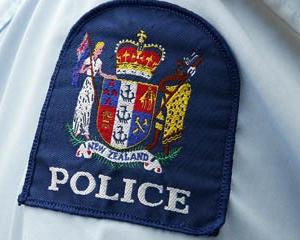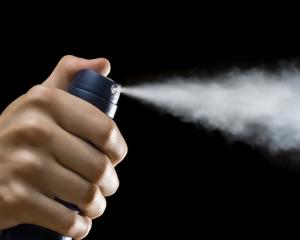New research about the effects of Tomorrow's Schools on today's education, raises concerns about the growing prevalence of ''white flight'' - a massive loss of Pakeha children from low-decile schools.
The education reform, implemented in 1989, shifted financial and administrative responsibilities for managing schools to elected boards of trustees.
A report from Pukeko Research Ltd managing director Dr Liz Gordon, published in this month's New Zealand Journal of Educational Studies, showed Pakeha pupils made up 39% of decile 1-5 schools in 1996, but by 2013 this had declined to 25%.
Only 0.5% of Pakeha pupils attend decile 1 schools, she said.
''Between 1996 and 2013, the process of social choice of schooling has progressively seen Pakeha pupils attending higher decile schools.
''Three quarters of Pakeha pupils now attend decile 6-10 schools.''
She said the large shift was the primary reason low decile schools were becoming smaller, and higher decile schools were growing.
This large shift in Pakeha attendance had significant implications for racial segmentation, she said.
''New Zealand is a bicultural and increasingly multicultural society, but our high decile schools are almost bastions of whiteness.
''Decile one schools, which serve populations living below the poverty line (as do decile, 2, 3 and 4 schools), are 90% Maori and Pasifika in make-up.''
Dr Gordon was worried the high level of educational segmentation would lead to social conflict over time.
''Could the Emanuel Church shooting [in South Carolina] occur at a Pasifika church in New Zealand?
''It is unlikely, but not out of the question where social segmentation is embedded.''
The research also found there had been large socioeconomic effects that had led to high decile schools becoming larger since Tomorrow's Schools was established.
She said school choice in New Zealand had allowed parents to make social/economic choices, rather than educational choices for their children.
''In 1998, the average school roll in decile 1 schools was just over half the size of decile 10 schools.
''By 2014, the average decile 10 school was over 2.5 times the size of decile 1. By 2020 the size difference will be approximately three times.''
She said for low decile schools, the constant loss of numbers caused per capita running costs to increase, loss of teachers with expertise, and school buildings to look old and dilapidated as new capital funding was inevitably directed towards areas of growth (high decile schools).
At the other end of the spectrum, high decile schools were often bursting at the seams, with too few classrooms, too few facilities, reduced outdoor areas and new staff coming in all the time.
''These schools may be relatively cash rich because of economies of scale, but face a wide range of demands from the public for places.''
Dr Gordon questioned whether the move to school choice had improved overall school outcomes.
''Are we a better educated country as a result?''Otago Primary Principals' Association chairwoman Elizabeth Cleverley said the findings were consistent with other findings over the years about equity.
''Again, it highlights the ministry's `priority groups' of Maori and Pasifika, which I think have more to do with economic challenges than ethnicity.
''This report highlights the increasing gap in the system.
''Inequality is becoming increasingly apparent.''
She said education was an important key in breaking out of poverty.
Effective learners also needed to feel safe, and have a sense of hope and purpose.
''I do not have the answers for this. This is something New Zealanders need to be mindful of.
''A segregated, non-egalitarian society is not the direction I would like to see in the future.''
Bathgate Park School principal Whetu Cormick did not believe the research statistics were a reflection of Otago schools.
But he was concerned that people were judging schools on decile ratings and making assumptions that the quality of education was low.
''We know from the Education Review Office that this is not the case in Otago, and highly likely is the same nationally.
''The notion of white flight is real, but some parents who choose to `fly' are probably assuming the higher the decile, the better the school, and in turn their kids will be interacting with their `own' social group.
''Many families, however, do choose to send their young ones to schools that are culturally diverse, which in turn better prepares them for life in our ever-changing multicultural country.''
Ministry of Education student achievement head Dr Graham Stoop said the priority for the ministry was for pupils to get good education, no matter what school they attended.
''We support and fund schools to help them achieve that.
''Low decile schools receive substantial extra funding, to recognise that students at these schools come from the most disadvantaged communities.
''For example, a decile 1 school gets $900 a student or more in extra payments, averaging almost one-third of the school's operational funding.''
He said the main factor influencing the pupil make-up in particular schools was the make-up of the population in the geographical area that schools were situated.
''Many changes in school composition reflect changing neighbourhoods around those schools.
''Within any decile band, there are schools with growing rolls and reducing rolls.
''These are due to a variety of factors, including population growth and decline in different parts of the country.''












